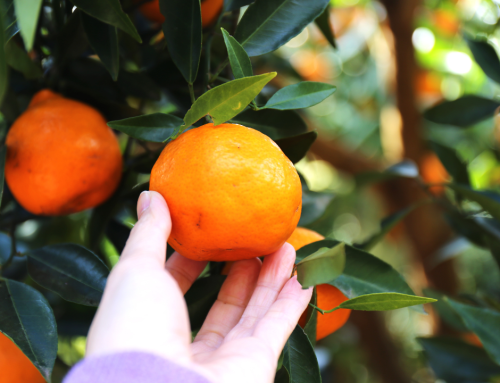Fruit fly trapping
During the first two weeks of January 2019 between 310 and 352 traps were inspected with the number of flies trapped ranging from 159 (from 310 traps) to 201 (from 352 traps). These numbers are down on the previous month. Proactive control measures undertaken by growers and the community combined with climate events are responsible for this trend. Traps are examined by trained Field Officers weekly and provide an indication of Queensland Fruit Fly (QFF) population pressure in areas in which traps are located.
Current fruit fly hot spots
If your commercial orchard is close to the following urban areas, which are at present registering high QFF populations, you should be ready to commence control programs if you have not already done so:
- Cobram
- Merrigum
- Mooroopna
- Shepparton East
- Shepparton
- Tatura
If QFF populations follow the same patterns as 2017 and 2018, fruit fly will start to become a problem in rural areas throughout February. It is highly recommended that you ensure your traps are fresh (following label instructions) and placed in suitable locations to intercept QFF in your orchard.
In urban areas trapping rates, measuring the number of flies trapped per week, per trap site (rather than the total number of flies trapped over the region) for January 2019 were slightly lower than those for January 2018. The December 2018 peak (3.1 flies per trap per site recorded on 28 December 2018) in urban parts of the Goulburn Murray Valley was considerably less than that recorded the previous year (3.9 flies per trap per site on 14 December 2017). If your property is within 500 m of urban or peri-urban host plants, feral hosts along roads and channels or in abandoned orchards you should keep a close watch on:
- Fruit fly traps (male and female targeting) deployed all year round. Traps should be checked at least once a week;
- Ripe or ripening fruit (in your orchard, front and rear yard, along the road or channel bank) that show signs of infestation (e.g. sting marks, abnormal fruit softening). Please check your fruit (for sting marks and/ or eggs and larvae inside them) at least once a week;
- If you have had QFF problems previously it is advised you have access to suitable quantities of fruit fly bait so if, or when, fruit flies are found in fruit or in high numbers in traps you can commence a baiting program immediately;
- Ensure your orders for fruit fly baits and, if necessary, fruit fly cover sprays, have been sent to your supplier.



